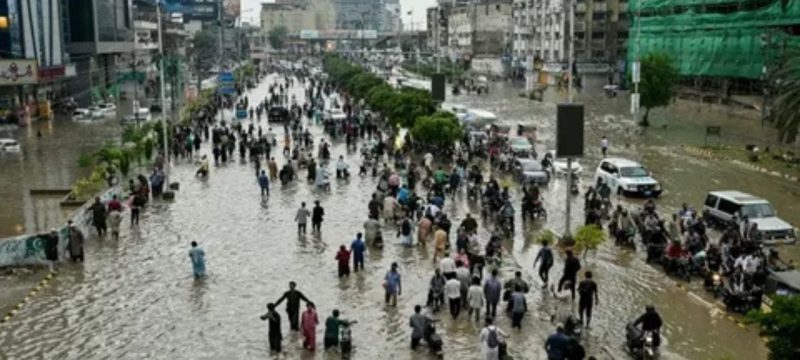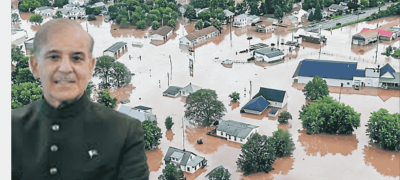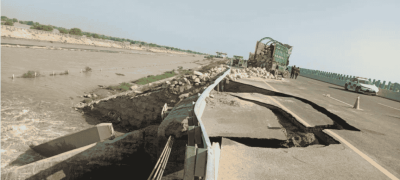Monsoon Floods 2025 have wreaked havoc across Pakistan, leaving widespread destruction and claiming dozens of lives. The heavy rains have triggered flash floods, displacing families and submerging large swathes of land, while authorities race to manage the unfolding humanitarian crisis.
According to disaster management officials, the death toll has climbed steadily in Punjab and Khyber Pakhtunkhwa, while floodwaters continue to damage infrastructure and agricultural lands. Thousands of homes have been swept away, forcing residents into temporary shelters. The Pakistan Army has joined Punjab flood relief operations, providing boats, medical aid, and food supplies to stranded families, as reported by NewsGuru.
Monsoon Floods 2025 Impact in Pakistan
The scale of damage caused by the Monsoon Floods 2025 is alarming. Initial reports indicate:
- Over 100 people killed across Punjab, KP, and Sindh
- Thousands displaced due to submerged villages
- Crops and livestock were washed away, intensifying food insecurity
- Dozens of bridges and roads were destroyed, halting transport
- Relief operations slowed by difficult terrain and continuous rain
Rescue teams, including the Pakistan Army, Rescue 1122, and local volunteers, are working around the clock. Helicopters have been deployed to deliver essential supplies to cut-off communities.
Government response to Monsoon Floods 2025
Authorities in Islamabad have directed emergency funds to the affected provinces. Provincial governments have established relief camps and medical centers, but officials admit that resources remain overstretched. Sindh and southern Punjab are on high alert as rivers continue to swell, increasing the risk of further flooding.
The National Disaster Management Authority (NDMA) has issued warnings for potential landslides in Gilgit-Baltistan and Chitral. Rescue workers stress that early evacuation is critical to saving lives.
Call for long-term flood management
Experts point out that the Monsoon Floods 2025 crisis once again exposes Pakistan’s vulnerability to climate change. Repeated destruction of homes and farmland highlights the urgent need for flood-resilient infrastructure and better drainage systems.
Local communities have shown resilience, with volunteers joining official efforts. However, many families remain at risk as waterborne diseases spread in overcrowded shelters. The demand for clean water, medicines, and food continues to grow.
As relief operations expand, the government has urged citizens to extend support through donations and volunteer efforts. The hope is that lessons from this year’s disaster will pave the way for stronger preventive measures in the future.







